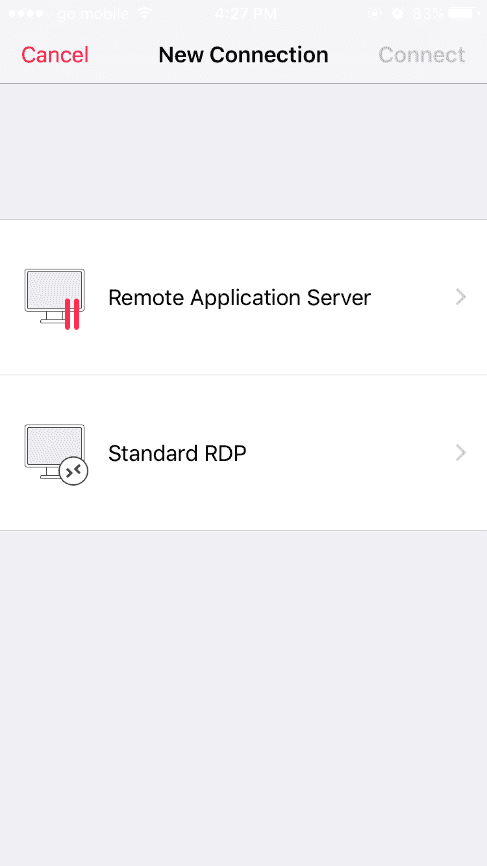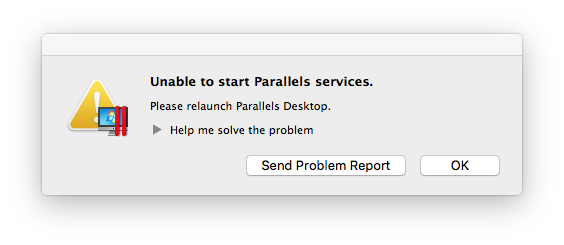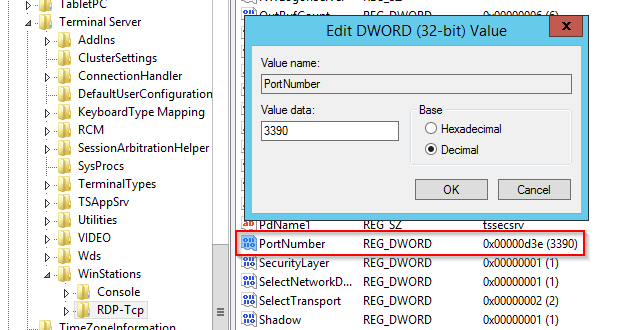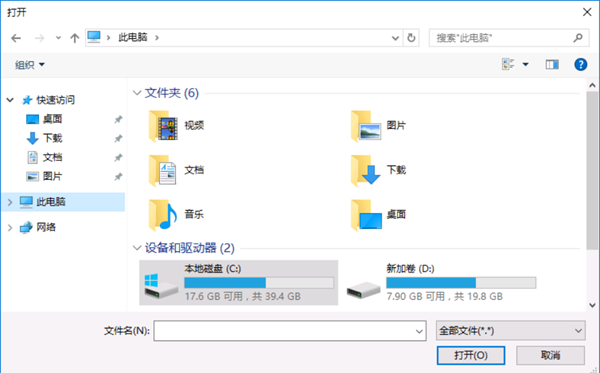

- #Parallels client mac networkdoman error 1 for mac
- #Parallels client mac networkdoman error 1 windows
Open Activity Monitor.app and make sure that prl_disp_service process is quitted. Learn more about macOS Catalina™ user management and how you can achieve it through a cloud directory.Quit Parallels Desktop.
#Parallels client mac networkdoman error 1 for mac
Can it writeback password and other attribute changes to AD and elsewhere?Īnswering these questions and assessing your needs will help you pick a tool with all the capabilities you need for Mac user management and system management across your fleet.Will it manage Secure Token and FileVault 2?.What policy suite can you achieve, and is it comparable to AD’s GPOs?.web applications, cloud servers, and networks)? Do you need tools to federate AD identities to resources other than Macs (i.e.Answering these questions can help guide your selection process: Considerations before Selecting a Third-Party Mac ToolĪ third-party tool might be Mac-specific, or it might federate AD identities to a variety of IT resources.

Again, there are considerations to keep in mind before you decide which tool to use. The process will depend on which tool you select.
#Parallels client mac networkdoman error 1 windows
They introduce management capabilities to replicate those of AD with Windows systems. There are various open-source and proprietary options to bind or sync Mac systems with AD. Using third-party tools, rather than native tools, is another route to consider. If you want to save the AD user’s files, you’ll need to manually select the option to “create a mobile account” during setup. You’ll also want to ensure the macOS system is up-to-date. Don’t use the “.local” domain during the configuration, and instead use an official DNS name. According to Apple’s Directory Utility documentation, you’ll also want to ensure the user has privileges in Active Directory for binding. In order to do so, you’ll need the DNS host name.

Through that application, admins can select Active Directory (or LDAPv3) for configuration. If you do decide to implement a direct bind, Directory Utility is an application that comes installed on Mac systems. It’s worth assessing why and whether you need to bind the machine to AD before doing so. This doesn’t address the complications with FileVault2 control either, which can be painful with the addition of Secure Token. Admins going this route might need to train users to keep their keychain in sync if they change their AD password. You won’t get user management over the system remotely through AD, either.Īnother thing to note: When AD-bound Mac users change their passwords in AD, they’re prompted to enter their old password upon login.

The bind is also at risk of breaking, and users might encounter challenges in file sharing. However, a direct bind won’t get you the same GPO control that you have over Windows systems. If you use Directory Utility, which is an application that comes installed on Mac systems, users will enter their core AD credentials to access their machines, and they’ll also be subject to the same AD password policies as Windows users. Considerations before Binding Mac to Domainīefore you undertake the process to bind Mac systems to the domain, there are some considerations to keep in mind. The challenges you could face will depend on which method you’re using, but we’ll run through common scenarios and considerations in connecting Mac systems to the domain. Macs bind to the domain, but the configuration process poses various challenges to admins working in a heterogeneous environment. However, managing Mac ® systems with AD is not the same straightforward process that it is with Windows ® systems. Perhaps you’re doing so for password policy enforcement, to give access to domain-bound resources and the network, or because a higher-up has asked for it. So, you’re trying to bind Mac systems to your Active Directory ® (AD) domain but it isn’t working properly.


 0 kommentar(er)
0 kommentar(er)
